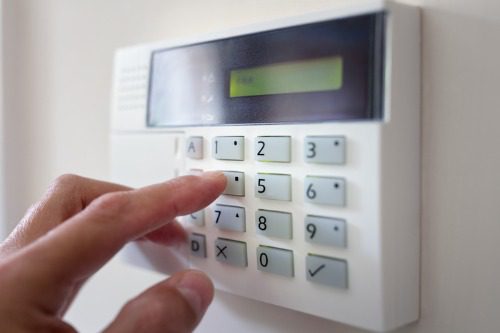Fire and security alarms – are you ready for the telephony switchover?

Authored by QBE Senior Risk Manager Adrian Simmonds
Consider what impact the telephony switchover will have on alarms and alarm signalling.
The telephone network in the UK is managed by BT Openreach, who are now part way through a transition programme called ‘All IP’.
This programme aims to transfer all telephone network users from a traditional copper wire system to modern optic fibre based internet services. The transition is due to be fully completed by the end of 2025, by which time all UK telephone lines for homes and businesses will be digital.
Alarms
One unintended consequence of the switchover is that alarms and alarm signalling systems, that rely on the traditional telephony set up, may cease to function properly or at all. Not only could this affect businesses but also individuals who use personal emergency medical alarms
Whether medical alarms, fire alarms or security alarms, the main impact of the transition is that ‘landline’ telephone will no longer function in a power outage, nor will alarm signalling and remote monitoring services. BT Openreach advise that you should always have at least one charged mobile device ready for use to maintain your ability to communicate during a power cut, but for essential emergency alarms, a more permanent solution is required to ensure they remain in service.
You should take action sooner rather than later to make sure your business and your alarm monitoring provider are ready for the switchover. The upgrade to alarm signalling can be done now rather than waiting until the transition happens in your area, and in many cases, it makes sense to get it done well before 2025.
With regard to fire alarms and security alarms for commercial and industrial premises, insurers will expect any existing remotely monitored alarms to continue in use.
For small commercial premises we would recommend you upgrade your alarm monitoring service to a modern Dual-Path system with at least Grade 2+ monitoring service (hourly frequency of line fault checking).
For large commercial premises or those with high insured values, significant fire hazards, security threats, or where high numbers of people collect, we would recommend that these should be set-up with Grade 3 or Grade 4 monitoring services (10 minutes or more frequent fault checking).
The choice of dual-path services are 4G based telephone services (GPRS/GSM SIM) and IP services (Internet Protocol). You can choose any combination of these although it’s thought most users will probably choose 4G+IP rather than 4G+4G or IP+IP. Insurers will, most likely, prefer 4G+IP or 4G+4G, with IP+IP yet to be accepted as fully reliable.
Whichever type of alarm signalling and remote monitoring service you are using, it seems clear that the traditional system switch-off will happen at the end of 2025. The sooner you contact your alarm services provider, the sooner you can get ready for the transition.
Risk management services for QBE customers
QBE helps businesses build resilience through risk management and insurance.
Depending upon the size and complexity of the business needs, QBE customers can access a wide range of risk management services, self-assessment questionnaires and risk management toolkits which are focused on the key causes of claims, and on generating action plans for improved outcomes – including protecting employees, reducing risk and making claims less likely. You can find out more about how QBE helps businesses to manage risk here.
Need to claim? Report it early
Finally, a reminder that if you have an incident and need to make an insurance claim, it’s important that you report it as soon as possible, ideally the same day. Reporting a claim early can save time and help you to receive any claim payments faster, as well as allowing us to help mitigate the cost of third-party claims.
Downloads





